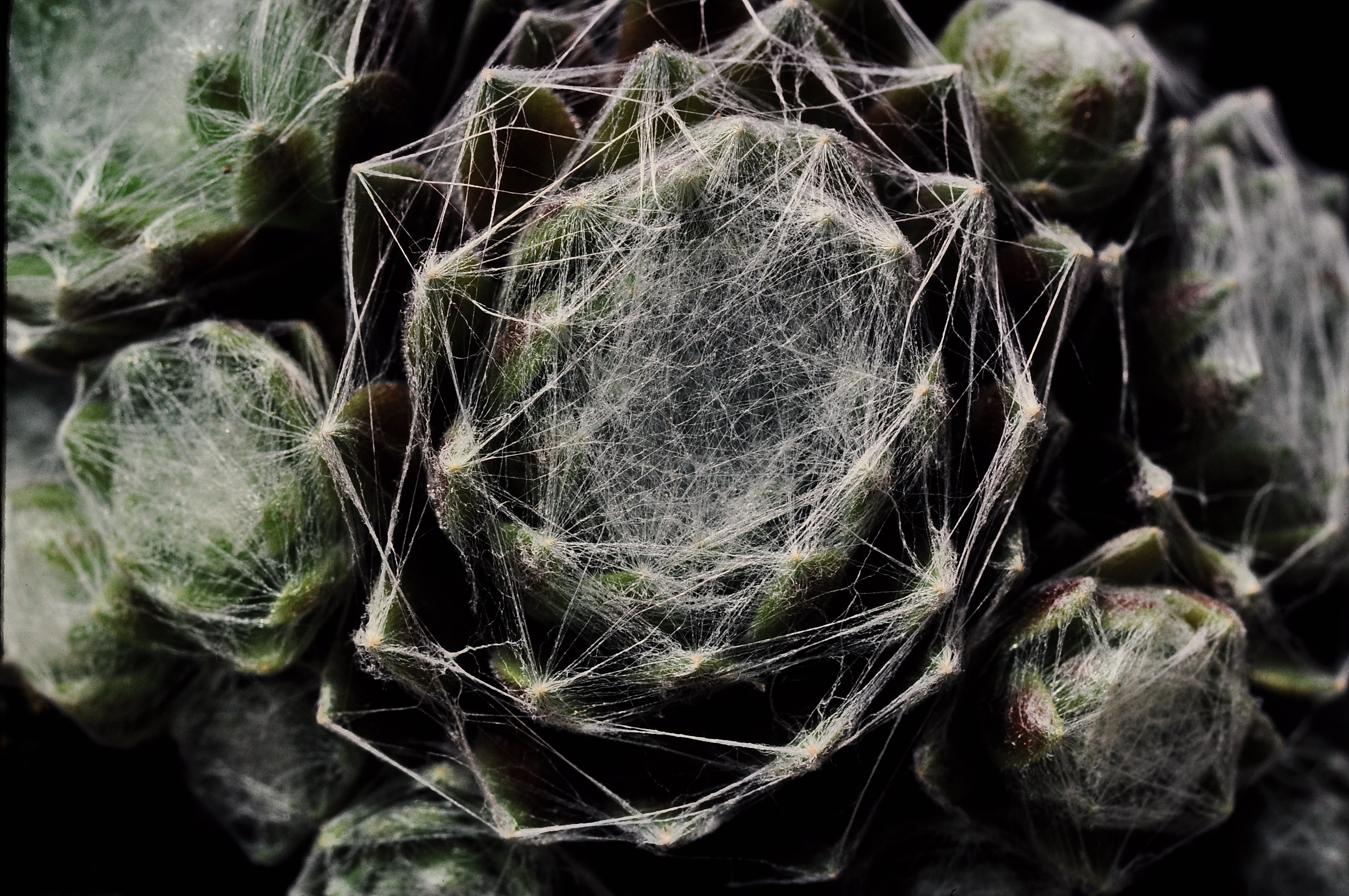|
Sempervivum
''Sempervivum'' () is a genus of about 40 species of flowering plants in the family (biology), family Crassulaceae, commonly known as houseleeks. Other common names include liveforever (the source of the taxonomical designation ''Sempervivum'', literally "always/forever alive") and hen and chicks, a name shared with plants of other Hen and Chicken plant, genera as well. They are succulent plant, succulent perennial plant, perennials forming mats composed of tufted leaves in rosettes. In favourable conditions they spread rapidly via offset (botany), offsets, and several species are valued in cultivation as groundcover for dry, sunny locations. Habitat Houseleeks exist from Morocco to Iran, through the mountains of Iberia, the Alps, Carpathians, Balkan mountains, Turkey, the Armenian mountains, in the northeastern part of the Sahara Desert, and the Caucasus. Their ability to store water in their thick leaves allows them to Lithophyte, live on sunny rocks and stony places in the moun ... [...More Info...] [...Related Items...] OR: [Wikipedia] [Google] [Baidu] |
Sempervivum Carpathicum
''Sempervivum'' () is a genus of about 40 species of flowering plants in the family Crassulaceae, commonly known as houseleeks. Other common names include liveforever (the source of the taxonomical designation ''Sempervivum'', literally "always/forever alive") and hen and chicks, a name shared with plants of other genera as well. They are succulent perennials forming mats composed of tufted leaves in rosettes. In favourable conditions they spread rapidly via offsets, and several species are valued in cultivation as groundcover for dry, sunny locations. Habitat Houseleeks exist from Morocco to Iran, through the mountains of Iberia, the Alps, Carpathians, Balkan mountains, Turkey, the Armenian mountains, in the northeastern part of the Sahara Desert, and the Caucasus. Their ability to store water in their thick leaves allows them to live on sunny rocks and stony places in the mountain, subalpine and alpine belts. Most are hardy to US zone 4, and will handle warm climates to about ... [...More Info...] [...Related Items...] OR: [Wikipedia] [Google] [Baidu] |

